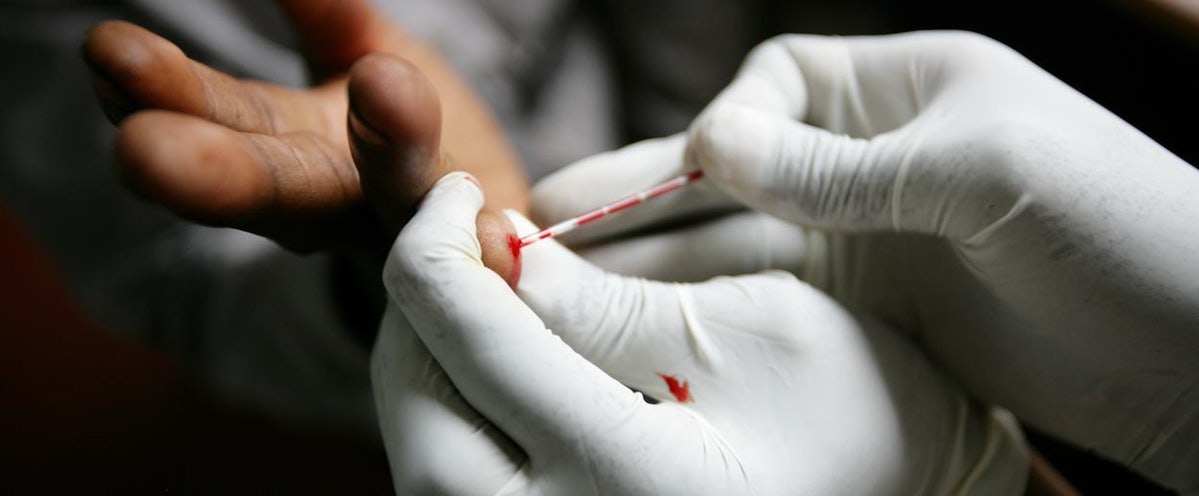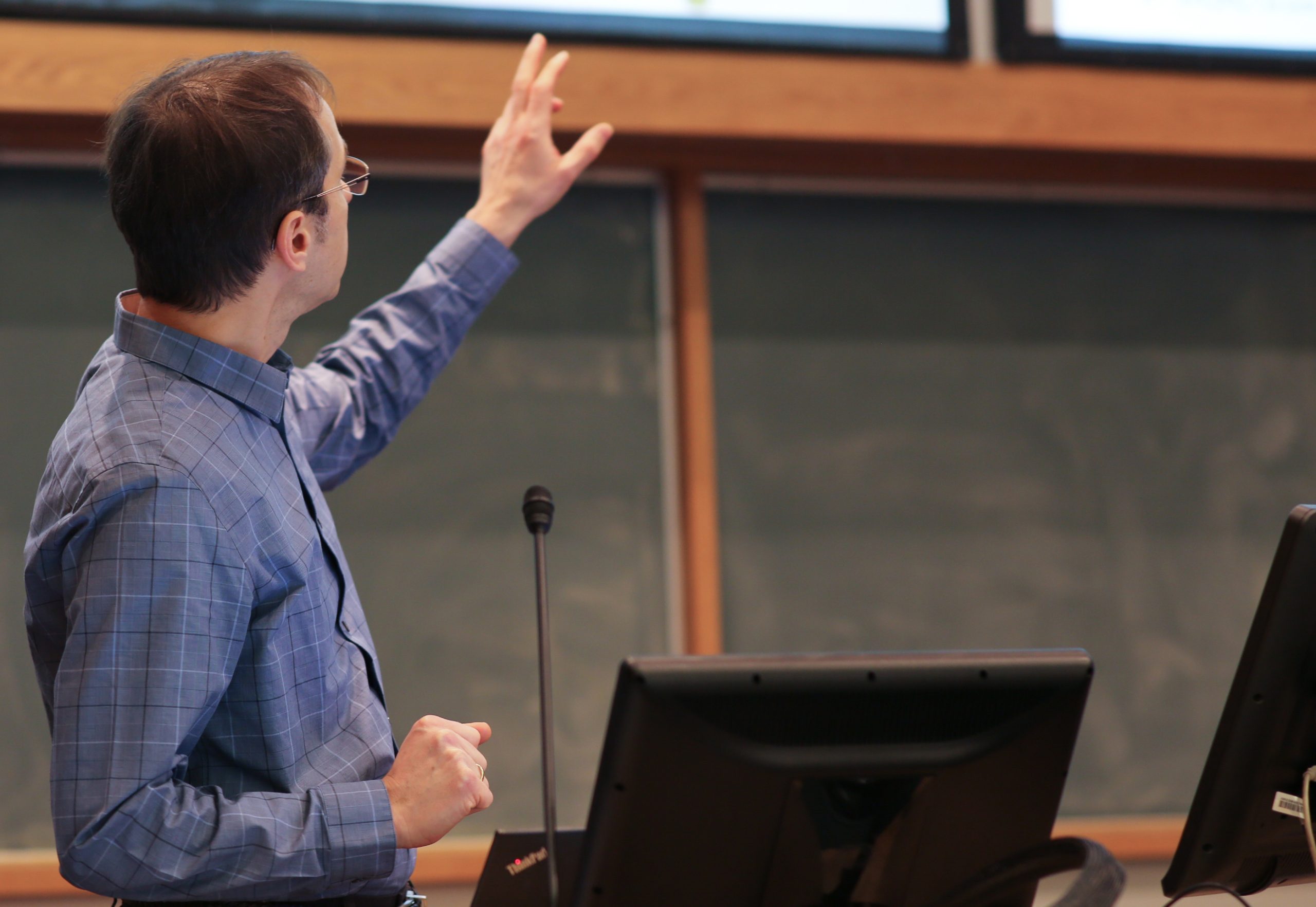It’s National HIV Testing Day in the United States. This bonus edition of the Evidence Speaks will feature a more detailed look at relevant, policy-informing research on HIV by CHÉOS Scientists.
–
O’Donnell S, Bhate TD, Grafstein E, Lau W, Stenstrom R, Scheuermeyer FX. Missed opportunities for HIV prophylaxis among emergency department patients with occupational and nonoccupational body fluid exposures. Ann Emerg Med. 2016 Sep;68(3):315–323.
Previous studies had shown that emergency physicians were more likely to prescribe post-exposure prophylaxis (PEP) to patients with a work-related exposure—such as a health worker with a needle stick injury—than to patients with a non-occupational exposure, such as an unsafe sexual experience. Proposed possible explanations for the discrepancy were bias and a lack of guidelines or experience among emergency physicians.
This study compared the initiation of PEP for occupational HIV exposure versus non-occupational HIV exposure in an emergency department in Vancouver.
The authors — which included PHC physicians and CHÉOS Scientists Drs. Eric Grafstein and Rob Stenstrom — also found that those with high-risk non-occupational exposures were not given HIV prophylaxis nearly twice as often as those with high-risk occupational exposure. Over a quarter of the patients with non-occupational exposure included in the study were “incorrectly discharged” without the prophylactic treatment. A care gap between patients presenting with the different exposure types was identified.
This is troubling, the authors note, because “the North American HIV epidemic is largely driven by sexual exposures” and new cases since 2001 have arisen solely from non-occupational exposure. Moreover, the study found that the majority of the patients did not go for recommended follow-up HIV testing. The authors encourage disseminating protocols on appropriate emergency department management of suspected HIV exposure.
–
Malamba SS, Muyinda H, Spittal PM, Ekwaru JP, Kiwanuka N, Ogwang MD, Odong P, Kitandwe PK, Katamba A, Jongbloed K, Sewankambo NK, Kinyanda E, Blair A, Schechter MT. “The Cango Lyec Project – Healing the Elephant”: HIV related vulnerabilities of post-conflict affected populations aged 13-49 years living in three mid-Northern Uganda districts. BMC Infect Dis. 2016;16(1):690.
The Cango Lyec Project aimed to identify HIV prevalence and related vulnerabilities in communities in Northern Uganda in the aftermath of the war between the Government of Uganda and the Lord’s Resistance Army (1996-2006) in an effort to inform policy on post-war HIV treatment and prevention efforts.
During conflict, the disintegration of social services and health care infrastructure, forced population movements, poverty, and sexual violence may increase vulnerability to HIV, but factors affecting vulnerability in the post-conflict context are not as well understood.
The research team, including CHÉOS Scientists Pattie Spittal and Martin Schechter, analyzed clinical HIV tests in combination with responses to a questionnaire for sociodemographic characteristics, conflict experiences, and sexual behavior from three communities in Northern Uganda.
They found that the overall prevalence of HIV infection was 12.2% (14.6% in females, 8.5% in males)—higher than the 2011 national estimate of about 8%. HIV prevalence was higher among individuals who had experienced traumatic events during the war, including rape or sexual abuse, illness without medical care, or suicidal ideation. Likewise, study participants who were found to have major depressive disorder, post-traumatic stress disorder, and suicidal thoughts were more likely to be living with HIV.
Additionally, young women were found to be just as vulnerable to HIV infection and gender-based violence post-war as they were at the height of the conflict, though the drivers of risk differed.
“Meaningful HIV interventions must address the war trauma experiences of this population, the consequent psychiatric disorder and should foster resilience,” the authors conclude, focusing on the need for gender-sensitive prevention and treatment programs that integrate mental health care.
_
Pan SW, Zhang Z, Li D, Carpiano RM, Schechter MT, Ruan Y, Spittal PM. Religion and HIV sexual risk among men who have sex with men in China. J Acquir Immune Defic Syndr. 2016;73(4):463-474.
Since the early 1980s China has seen an increase in religious affiliations and today the country has more than 300 million Buddhists, Christians, and Muslims. Religiosity can have a powerful impact on the sociocultural determinants of HIV risk, yet the impact of this shift in religious practice on the HIV vulnerabilities in China’s population of men who have sex with men (MSM) is unknown. CHÉOS Scientist Drs. Martin Schechter, Pattie Spittal and her former PhD candidate, Stephen Pan, led a team of researchers to assess this relationship.
The study found that, compared to non-religious MSM, HIV vulnerability was higher among Buddhist MSM and lower in Muslim and Christian MSM. The researchers associated the moral stigma of same-sex relations, and the pressure from the social structures of Muslim and Christian communities to avoid such behaviour, with fewer risky practices of this nature noted in Muslim and Christian men. On the other hand, the contemporary Buddhist interpretation of discouraged “sexual misconduct” is more fluid, with no presiding verdict on the morality of homosexuality.
Overall, religiosity was found to have both negative and protective influences on HIV sexual risk.The study authors noted that although boosting religiosity in some instances might reduce HIV vulnerabilities among religious MSM, it should not be encouraged if the lower HIV vulnerability is attained by increased homophobia and stigmatizing communities.



